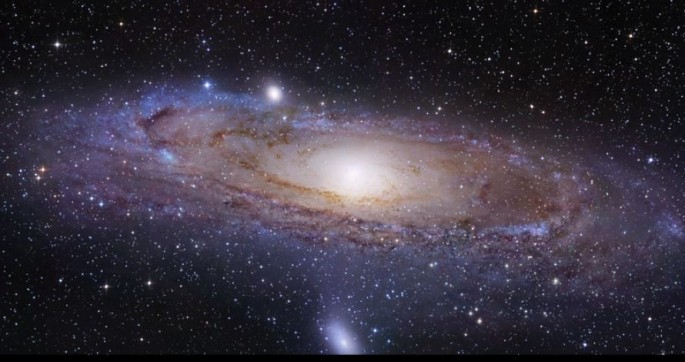The observable Universe contains a stupendous two trillion observable galaxies but this unimaginable total is dwarfed by the realization over 90% of this stuff has yet to be studied.
This total is 20 times larger than previously thought and is based on 3D modeling of images collected over 20 years by the Hubble Space Telescope, astronomers reported in a study published in the Astronomical Journal.
The analysis reached back more than 13 billion years, quite close the time of the Big Bang that birthed the Universe 13.8 billion years ago.
Current technology only allows scientists using the most sophisticated equipment available to glimpse just 10 percent of the observable universe, said the new study.
"It boggles the mind that over 90 percent of the galaxies in the Universe have yet to be studied," said Christopher Conselice of the University of Nottingham, who led the study.
"Who knows what interesting properties we will find when we observe these galaxies with the next generation of telescopes."
Conselice and his team of four astronomers at the Leiden Observatory in the Netherlands laboriously converted deep space images from Hubble into 3D to measure the number of galaxies at different times in the history of the Universe. They began by reprocessing photos of the deepest, darkest patches of space.
Data included an ultra-deep photo taken by NASA's Hubble Space Telescope, which reveals galaxies that existed when the universe was as young as 400 to 700 million years old.
New mathematical models enabled astronomers to infer the number of "invisible" galaxies beyond the reach of telescopes, leading to the surprising realization the vast majority is too faint and far away to be seen.
There were 10 times as many galaxies in a given volume of space than there are today when the Universe was only a few billion years old, said the study.
This suggests "significant evolution must have occurred to reduce their number through extensive merging of systems."



























